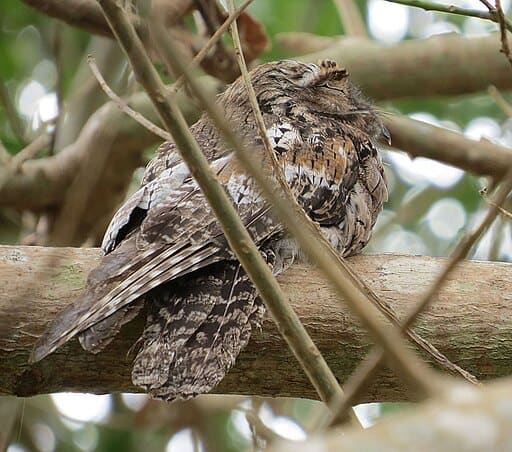Birds are among the most diverse and intriguing creatures on our planet. Their behaviors range from the simple to the highly complex, with some species displaying remarkable talents for mimicry. While avian mimicry is often associated with vocal imitation, such as the mockingbird’s ability to replicate the calls of other birds, some birds also display physical mimicry, often imitating elements in their environment like trees. This intriguing behavior raises a simple but profound question: Why do some birds mimic trees?
Understanding Avian Camouflage
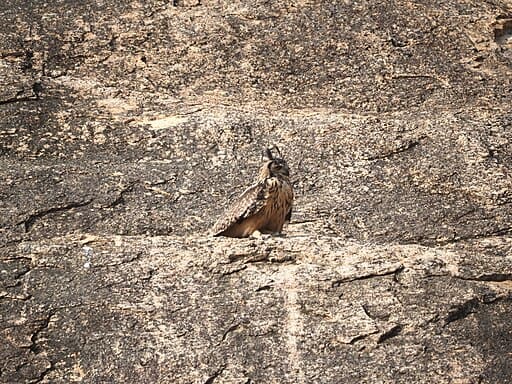
Before delving into the specific reasons why birds mimic trees, it’s essential to understand the broader concept of camouflage in the animal kingdom. Camouflage involves blending with the environment to evade detection by predators or to sneak up on prey. Many birds use their plumage to blend with their surroundings, adopting colors and patterns that mimic their habitat.
The act of mimicking a tree or its elements is a sophisticated form of camouflage. Birds may adopt postures that resemble branches or leaves or even have plumage that looks bark-like. This mimicry serves one primary purpose: to avoid predation. By becoming virtually invisible against a backdrop of trees, these birds can effectively evade various predators, including larger birds of prey.
Examples of Birds Mimicking Trees
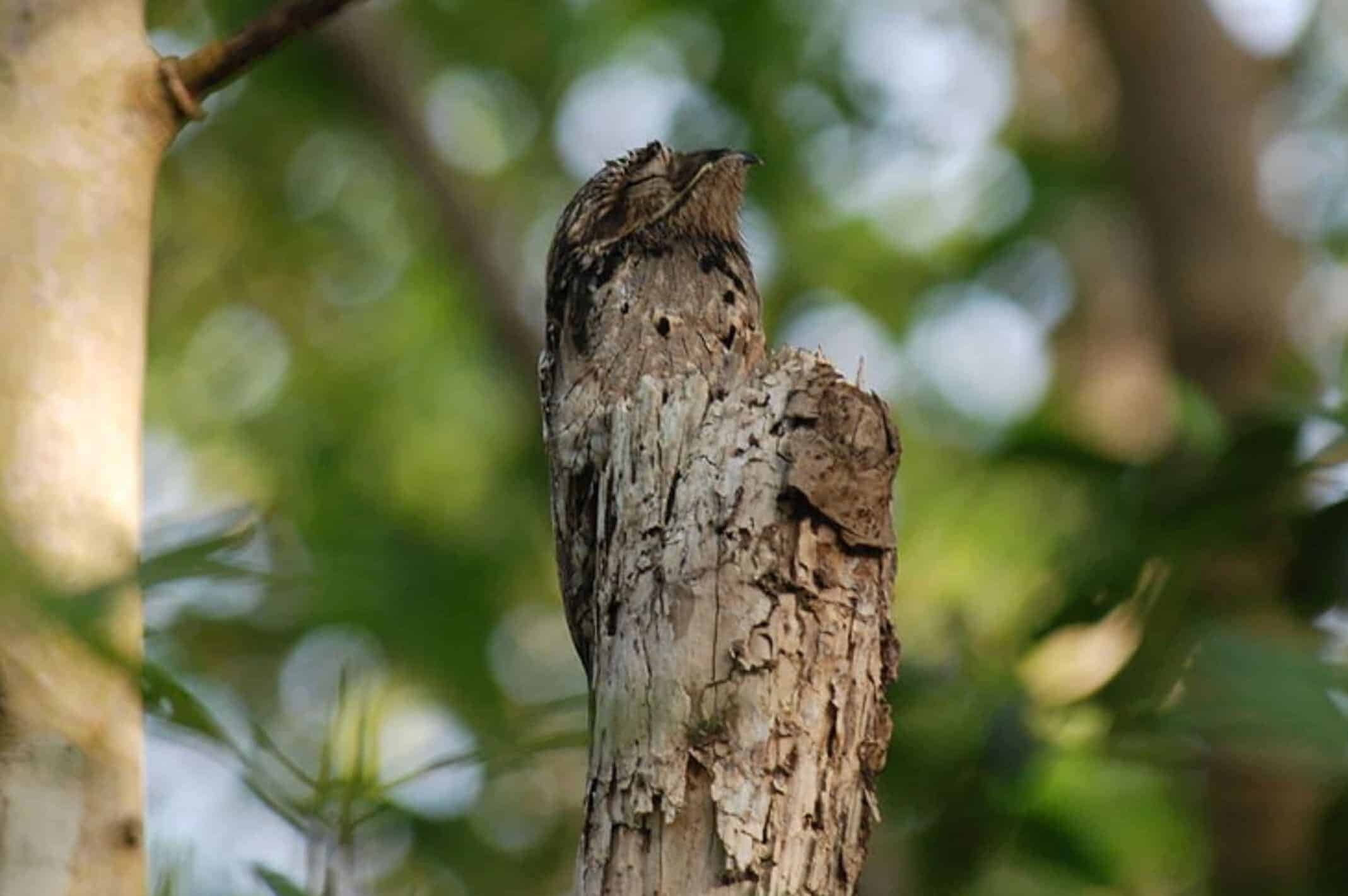
Several bird species are known for their exceptional mimicry skills. The Common Potoo, native to Central and South America, is renowned for its ability to blend seamlessly with tree branches. During the day, it perches motionlessly, adopting an upright position that makes it resemble a broken branch. Its mottled gray and brown plumage perfectly mimics tree bark, making it nearly impossible to spot unless it moves.
Another example is the Tawny Frogmouth, native to Australia. While not a true owl, it shares their nocturnal habits and excellent camouflage. During the day, Tawny Frogmouths roost along tree branches, stretching their bodies and closing their eyes to complete the illusion of being part of the tree. Their speckled plumage echoes the textures and shades of the bark around them.
Reasons Bird Mimic Trees
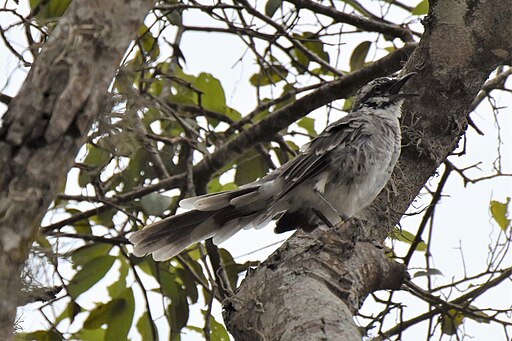
1. Predator Evasion: One of the primary reasons birds mimic trees is to evade predators. Remaining unnoticed is key to survival, especially for birds nesting in areas with high predation risks. By simulating the appearance of a tree, birds can effectively hide in plain sight.
2. Nest Protection: Mimicry isn’t just for individual safety; it’s also crucial for protecting nests and offspring. Many bird species build their nests in trees and use mimicry to keep them hidden from both potential predators and rivals.
3. Energy Conservation: Adopting a motionless, camouflaged position allows birds to conserve energy. Rather than constantly fleeing from potential threats, birds can remain stationary, reducing their metabolic rate while still being vigilant.
The Evolution of Tree Mimicry
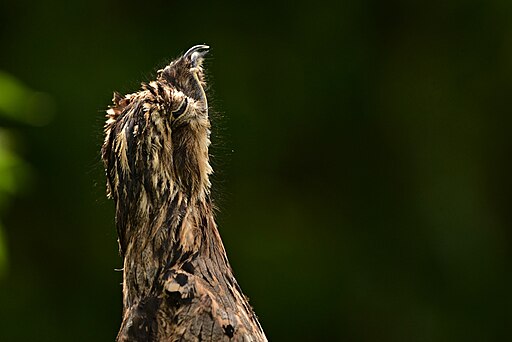
The ability of birds to mimic trees is likely an evolutionary adaptation refined over millions of years. Birds with better mimicry skills would have had higher survival rates, passing these advantageous traits to subsequent generations. Over time, these traits became more pronounced, resulting in birds that are now masters of disguise.
Natural selection favors traits that increase an organism’s chances of survival and reproduction. For birds, mimicking trees provides a significant survival advantage, allowing them to avoid predation while efficiently managing energy expenditure.
Conclusion: The Fascination of Avian Mimicry
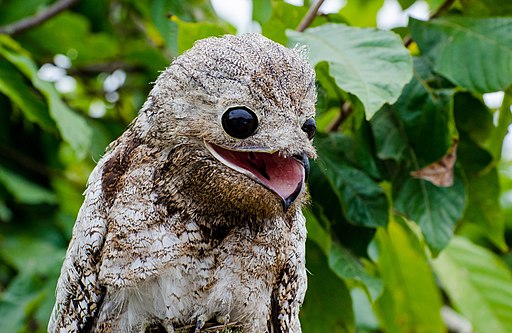
While the sight of a bird perfectly mimicking a tree is a silent one, it speaks volumes about the marvels of evolution and adaptation. The ability of birds to seamlessly blend into their arboreal environments ensures their survival and highlights the complex interplay between species and their habitats. Understanding these behaviors deepens our appreciation for nature’s ingenuity and underscores the importance of preserving the diverse ecosystems that foster such adaptations.
- Do Sharks Really Have to Keep Swimming to Stay Alive? The Truth Revealed - August 19, 2025
- New York’s Peregrine Falcons – The Fastest Birds in the World - August 19, 2025
- Why This Lightning Strike Broke All Records in US History - August 19, 2025

